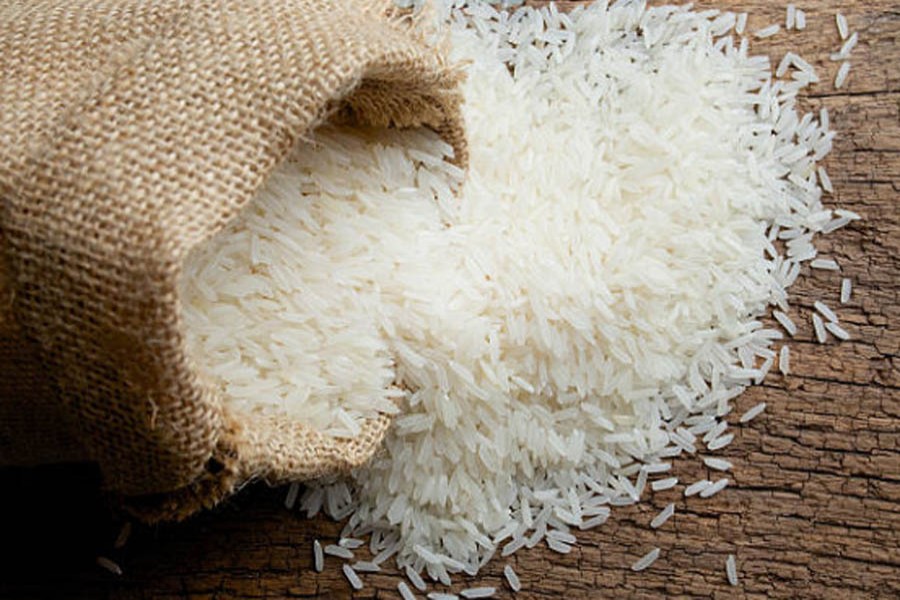Tags
N. Korean rice prices dip in run-up to Lunar New Year
In terms of corn, Daily NK’s survey found that fluctuations in market prices vary with the region

Spectators at a North Korean military parade held in 2013. (Uri Tours, Wikimedia Commons)
Rice prices at North Korean markets have fallen to some degree in the run-up to the Lunar New Year holiday. The market price of rice is trending downward after steadily rising for around 60 days, since early and mid-December of last year.
According to Daily NK’s regular survey of North Korean market prices, a kilogram of rice at markets in Pyongyang was trading for KPW 4,850 at one market on Feb. 4. That is 1.6% down from the trading price of KPW 4,930 on Jan. 21, in the previous survey.
The price of rice at marketplaces in other areas fell by a similar amount.
The Feb. 4 survey found that rice at a market in Sinuiju, North Pyongan Province, was trading for KPW 5,000 per kilogram, down 2% from two weeks earlier. On the same day, rice was going for KPW 5,300 at a market in Hyesan, Yanggang Province, which was 1.8% from two weeks before that.
The dip in rice prices at North Korean markets appears to be because rice wholesalers are dumping stores from last fall’s harvest before the big holiday.
“Prices have gone down a little because many people are attempting to sell off their rice before the Lunar New Year,” a source in North Korea told Daily NK, speaking on condition of anonymity for security reasons.
In Pyongyang, meanwhile, the drop in rice prices appears to have been affected by government officials putting some of the rice rations they received before the Lunar New Year holiday back on the market.
But while rice prices at North Korean markets are currently nosing downward, it is unclear whether that will lead to a stabilization of grain prices. It has been common in previous years for rice prices to keep climbing until March.
Corn prices continue to rise
Regarding corn, Daily NK’s survey found that fluctuations in market prices vary with the region. Corn prices are moving downward, just like rice prices, in some regions, but remain on the rise in others.
On Feb. 4, a kilogram of corn sold for KPW 2,400 at a market in Pyongyang. That was KPW 50 less than the price in the Jan. 21 survey, indicating that in Pyongyang, at least, corn prices are trending downward, just like rice.
But corn prices are still moving upward in markets in Sinuiju and Hyesan, the survey found.
A kilogram of corn traded for KPW 2,500 in a market in Sinuiju on Feb. 4, up 1.21% from the survey two weeks earlier. And compared to Sinuiju, the rise in corn prices was even higher in Hyesan, where a kilogram of corn was trading for KPW 2,800 on Feb. 4, 3.7% more than two weeks earlier.
The reason corn prices are not decreasing outside of Pyongyang is that corn is more affordable than rice, being about half the price. This has allowed the commodity to become a staple food for many people in areas outside of the capital city.
Translated by David Carruth. Edited by Robert Lauler.
https://www.dailynk.com/english/north-korean-rice-prices-dip-run-up-lunar-new-year/Published Date: February 8, 2024







